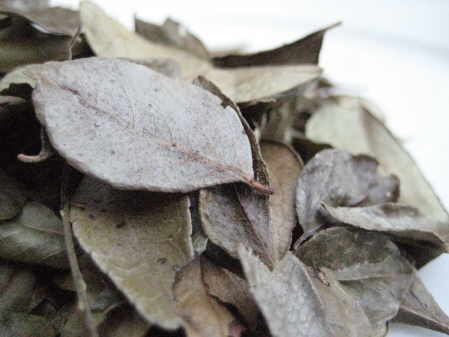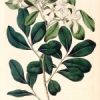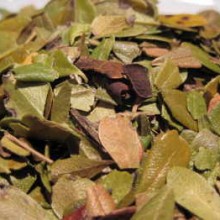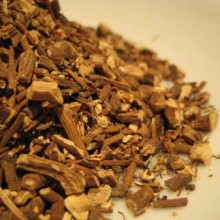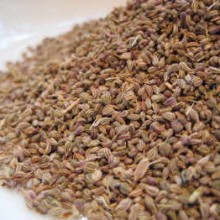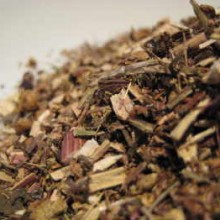Curry Leaves ( Murraya koenigii or Bergera koenigii) are obtained from the The Curry Tree or Curry-leaf Tree which is a tropical to sub-tropical tree in the family Rutaceae, (the same family as Rue) which is native to India.
It is a small tree, growing 4-6 metres in height, with a trunk up to 40 cm diameter. The leaves are pinnate, with 11-21 leaflets, each leaflet 2-4 cm long and 1-2 cm broad. The flowers are small white, and fragrant. The small black, shiny berries are edible, but their seeds are poisonous. It is the leaves which are used in Indian Cuisine and so highly prized.
Also known as Kari Bevu, translated to Black Neem, in the Kannada language and Karivepaku in Telugu again translating to the same meaning. In Tamil and Malayalam it is known as Karuveppilai, ilai meaning leaves. Other names include Kari Patta (Hindi) and Karapincha (Sinhalese).
Traditional Culinary Uses for Curry Leaves:-
The leaves are highly aromatic and are used as an herb. Their form is small and narrow and somewhat resemble the leaves of the Neem tree (which is bitter) and they are sometimes known as Sweet Neem Leaves which can be a bit confusing.
They are commonly used as seasoning in Indian and Sri Lankan cooking, much like bay leaves and, especially, in curries with fish or coconut milk. In their fresh form, they have a short shelf life and may be stored in a freezer for up to a week. Their dried form is longer lasting.
The leaves are highly valued as seasoning in southern and west-coast Indian and Sri Lankan cookery especially in curries, usually fried along with the chopped onion in the first stage of the preparation.
Other Uses:-
Although most commonly used in curry dishes, the leaves from the curry tree can be used in many other dishes to add flavour. In Cambodia, Khmer toast the leaves in an open flame or roast them until crispy and then crush them into a soured soup dish called Maju Krueng.
Because of its aromatic characteristic properties, the plant has uses in soap making, body lotions, potpourri, scent, air fresheners, body fragrance, perfume, bath and massage oils, aromatherapy, towel scenting, spas and health clinics, incense, facial steams or hair treatments.
In the absence of Tulsi or Holy Basil Leaves, Curry Leaves are sometimes used for rituals, such as Pujas.
History:-
The species name commemorates the botanist Johann Gerhard Koenig.

